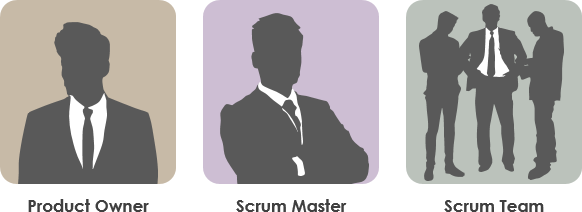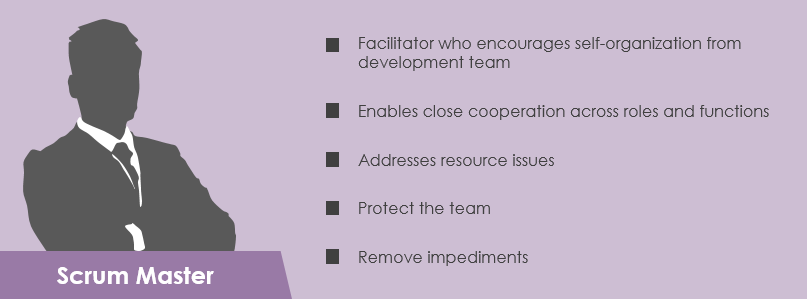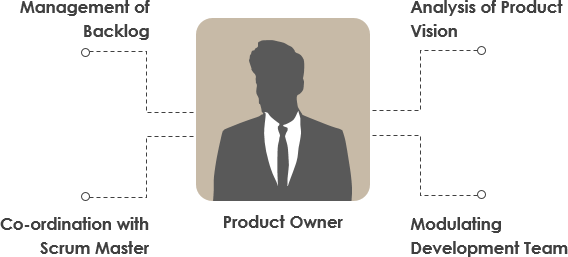The roles in Scrum are quite different from the traditional software methods. Clearly defined roles and expectations help individuals perform their tasks efficiently. In Scrum, there are three roles: Product Owner, Development Team, and Scrum Master. Together these are known as the Scrum Team.

The Scrum Master helps the product group learn and apply Scrum to achieve business value. The Scrum Master does whatever is in their power to help the Team, Product Owner and organization be successful. The Scrum Master is not the manager of the Team members, nor are they a project manager, team lead, or team representative. Instead, the Scrum Master serves the Team; he or she helps to remove impediments, protects the Team from outside interference, and helps the Team to adopt Agile development practices. He or she educates, coaches and guides the Product Owner, Team and the rest of the organization in the skillful use of Scrum.

Best Scrum Software Every Project Needs
A powerful scrum software that supports scrum project management. It features scrum tools like user story map, product backlog management, sprint backlog management, task management, daily scrum meeting, sprint planning tool, sprint review tool, sprint retrospective tool, burndown, impediment, stakeholder and team management.
Scrum Master ensures everyone follows the practices prescribed by Scrum.

The Product Owner is responsible for maximizing return on investment (ROI) by identifying product features, translating these into a prioritized list, deciding which should be at the top of the list for the next Sprint, and continually re-prioritizing and refining the list. The Product Owner has profit and loss responsibility for the product, assuming it is a commercial product. Product Owner in Agile is like a spokesperson for customer and needs to represent them,

A Development Team is a collection of individuals working together to develop and deliver the requested and committed product increments. It comprises of cross-functional members who are capable of achieving the sprint goals. This could include software engineers, architects, programmers, analysts, system admins, QA experts, testers, UI designers, etc.
| About Visual Paradigm |
 Visual Paradigm help organizations stay competitive and responsive to change faster and better in today’s fast changing environment. Our award-winning products are trusted by over 320,000 users in companies ranging from small business, consultants, to blue chip organizations, universities and government units across the globe. It enables organizations to improve business and IT agility and foster innovation through popular open standards and process frameworks.Visual Paradigm, a killer Agile feature in 2018, introduced Scrum Process Canvas for automating the way a Scrum team to create, manage and deploy software application that empowers the team to continuously improve their performance at unprecedented speed and scale. Visual Paradigm help organizations stay competitive and responsive to change faster and better in today’s fast changing environment. Our award-winning products are trusted by over 320,000 users in companies ranging from small business, consultants, to blue chip organizations, universities and government units across the globe. It enables organizations to improve business and IT agility and foster innovation through popular open standards and process frameworks.Visual Paradigm, a killer Agile feature in 2018, introduced Scrum Process Canvas for automating the way a Scrum team to create, manage and deploy software application that empowers the team to continuously improve their performance at unprecedented speed and scale.
Manage the Entire Scrum Process in One Page
|